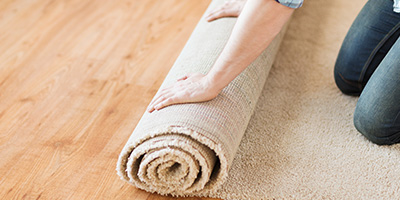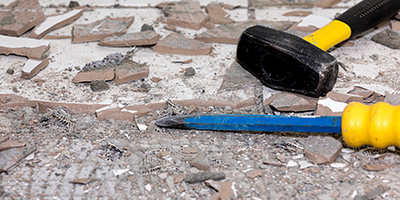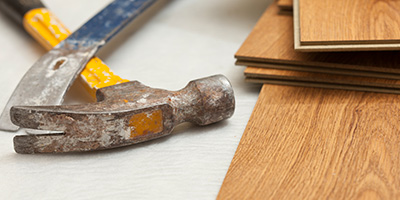How to Choose Flooring for Your Home

How to Choose Flooring for Your Home
A new floor can drastically change the look and feel of your home. Replacing that drab carpet with a brand-new hardwood floor can breathe new life into any space. Whether you’re looking to upgrade the look of your home, preparing it to sell, or moving into a new house that needs a refresh, this guide will help you compare flooring types to decide the best material for your needs.
Breaking Down 7 Popular Types of Flooring
1. Carpet: Soft and Warm
Price Range for Materials and Installation: $3-12 per square foot
Carpet is the best flooring material for comfort, warmth and sound reduction. While it’s more difficult to keep clean than other flooring options, the coziness it brings to a space is usually worth it. However, you may want to avoid putting it in high traffic areas. There are various types of carpet to fit your needs and budget, and you can install carpet yourself to save money.
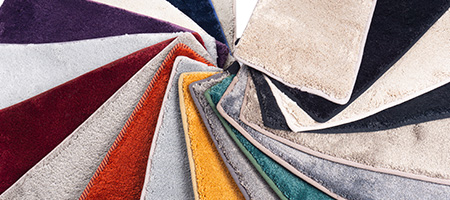
Pros and Cons by Type of Carpet
Pros | Cons | |
|---|---|---|
Berber Carpet |
|
|
Frieze Carpet |
|
|
Plush Carpet |
|
|
Patterned Carpet |
|
|
Rooms Best Suited for Carpet:
- Living and family rooms
- Bedrooms
Why is Pile Direction Change in Your Carpet Bad?
The pile direction of your carpet changes how the light reflects off it. Simply put, if you look at it from different angles, the color of your carpet looks slightly different. So, if the pile direction changes in a small area, your carpet will appear to have a stain or watermark, no matter how clean it is.
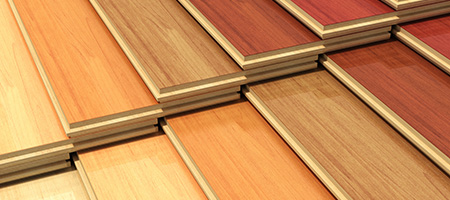
2. Hardwood: Durable and Classy
Price Range for Materials and Installation: $6-25 per square foot
Hardwood is one of the most common types of flooring, providing an easy-to-clean surface that brings a bit of natural beauty to your home. Durability is the main benefit of hardwood flooring, which makes it usable for just about any room in your house. If you already have hardwood floors that need a little sprucing up, you may not have to replace them, but could simply refinish the wood to get a new look.
Pros and Cons by Type of Hardwood Flooring
Pros | Cons | |
|---|---|---|
Solid Hardwood |
|
|
Engineered Hardwood |
|
|
Reclaimed Hardwood |
|
|
Rooms Best Suited for Hardwood Flooring:
- Entryway or foyer
- Living and family rooms
- Kitchen
- Dining room
- Bathroom
- Bedroom
- Laundry room and mudroom
Installing hardwood floors on a budget? Check out our Complete Guide to DIY Hardwood Floors!
3. Laminate: Versatile and Low-Maintenance
Price Range for Materials and Installation: $3-8 per square foot
Laminate flooring is a thin, printed material glued onto fiberboard. It can be made to look like any wood flooring and can give you the same look as wood floors for less of an investment. However, it won’t stand up to water quite as well as tile or vinyl.
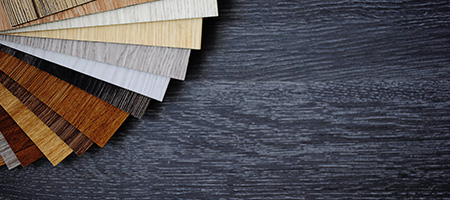
Pros and Cons by Type of Laminate Flooring
Pros | Cons | |
|---|---|---|
Imitation Wood Laminate |
|
|
Imitation Tile Laminate |
|
|
Imitation Stone Laminate |
|
|
Rooms Best Suited for Laminate Flooring
- Entryway or foyer
- Living and family rooms
- Dining room
- Basement
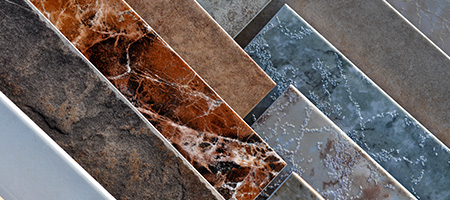
4. Tile: Waterproof and Stain-Resistant
Price Range for Materials and Installation: $7-20 per square foot
Being waterproof, tile is one of the better types of flooring for your kitchen, dining area or bathroom. It can be cold to the touch, but it’s durable and holds up well. Ceramic tile tends to be less expensive than porcelain with similar benefits, so it’s likely that either would work where you need it.
Pros and Cons by Type of Tile Flooring
Pros | Cons | |
|---|---|---|
Ceramic Tile |
|
|
Porcelain Tile |
|
|
Rooms Best Suited for Tile Flooring
- Entryway or foyer
- Kitchen
- Dining room
- Bathroom
- Laundry room or mudroom
5. Vinyl: Affordable Flooring Alternative
Price Range for Materials and Installation: $3-7 per square foot
Vinyl flooring is available in a wide variety of colors and patterns including those that mimic wood, ceramic and stone. The main benefit of vinyl flooring is its cost, being more affordable than other flooring options. With recent manufacturing advancements, vinyl flooring can be used virtually anywhere in the house based on which product you choose. The three vinyl flooring types are tile, plank and sheet. Vinyl tile can be a good alternative to ceramic or porcelain tiles, where planks can be used in place of hardwood. Sheet vinyl has many of the same advantages but can be installed in one piece over larger areas.
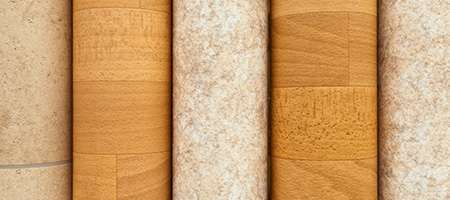
Pros and Cons by Type of Vinyl Flooring
Pros | Cons | |
|---|---|---|
Sheet Vinyl |
|
|
Vinyl Plank |
|
|
Vinyl Tile |
|
|
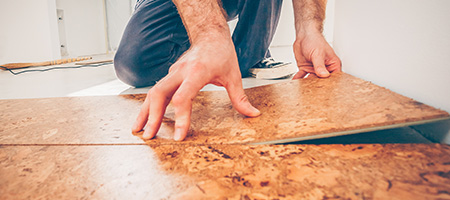
6. Cork: Green Alternative to Wood
Price Range for Materials and Installation: $4-14 per square foot
Cork flooring uses bark from a cork tree, which is ground up and pressed with resin. It’s considered to be a greener alternative to hardwood because the tree doesn’t need to be cut down, and the bark is harvested in a way that doesn’t harm the tree. Cork floors can be resurfaced in the same way as wood, making them comparable to wood flooring in many respects. It is more vulnerable to water, however.
Pros and Cons by Type of Cork Flooring
Pros | Cons | |
|---|---|---|
Cork Tile Flooring |
|
|
Cork Plank Flooring |
|
|
Rooms Best Suited for Cork Flooring
- Kitchen
- Bathroom
- Bedroom
7. Bamboo: Sustainable Flooring
Price Range for Materials and Installation: $5-15 per square foot
Bamboo is a relatively new flooring material, praised for its eco-friendly properties. Bamboo grows quickly, and the plants can be replaced in far less time than trees. It looks very much like hardwood, bringing the same natural beauty to your home. However, bamboo is not fully waterproof, so it may not be suitable for rooms that get water on the floor, like the bathroom or entryway.
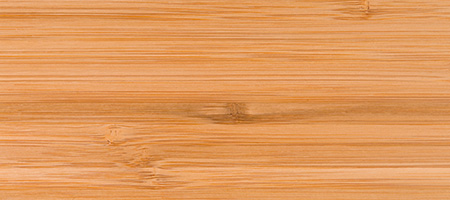
Pros and Cons by Type of Bamboo Flooring
Pros | Cons | |
|---|---|---|
Vertical-Grain Bamboo |
|
|
Flat-Grain Bamboo |
|
|
Strand-Woven Bamboo |
|
|
Rooms Best Suited for Bamboo Flooring
- Living and family rooms
- Kitchen
- Dining room
- Bedroom
- Laundry room
Decide on the Best Flooring Material to Meet Your Own Home’s Needs
With all the flooring types available, it can be hard to pick out the best one for your home. But if you know what features you’re looking for and have a budget range in mind, it’s not as challenging as you might think.
Plus, you can save on flooring projects by removing your old floors yourself. While you’re working, don’t forget to check to see if your subfloor needs to be replaced too.

